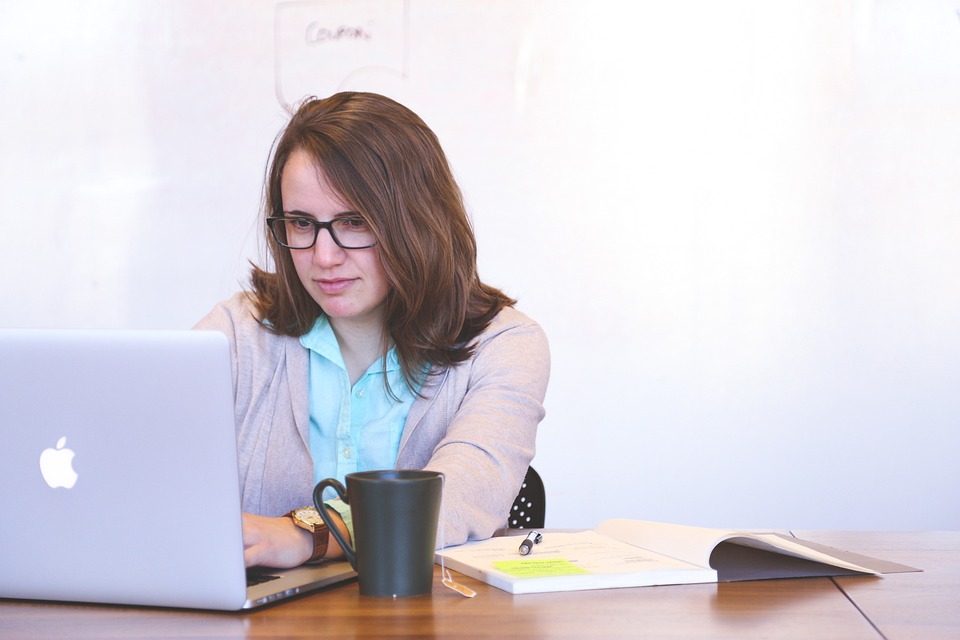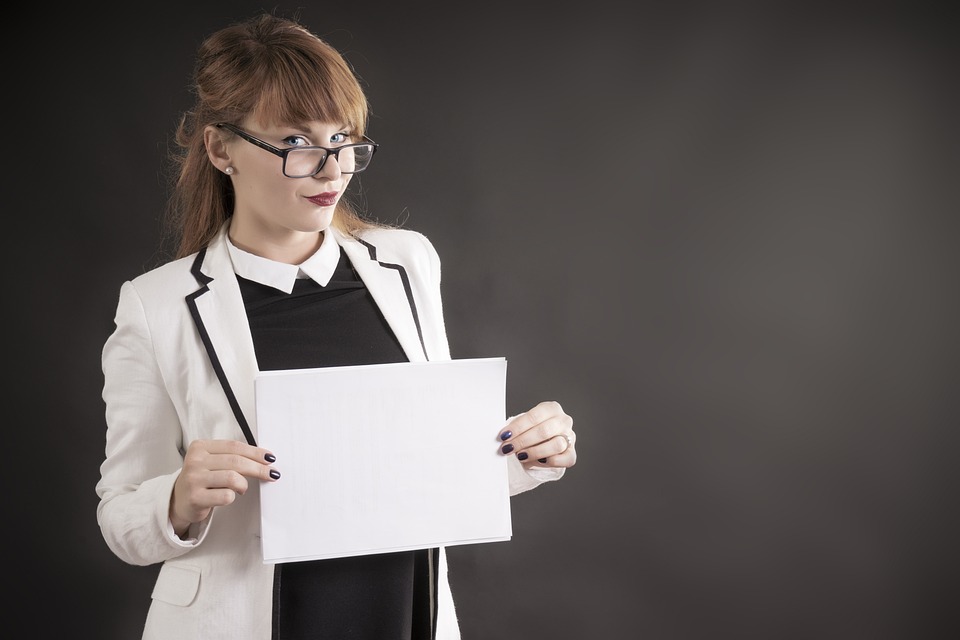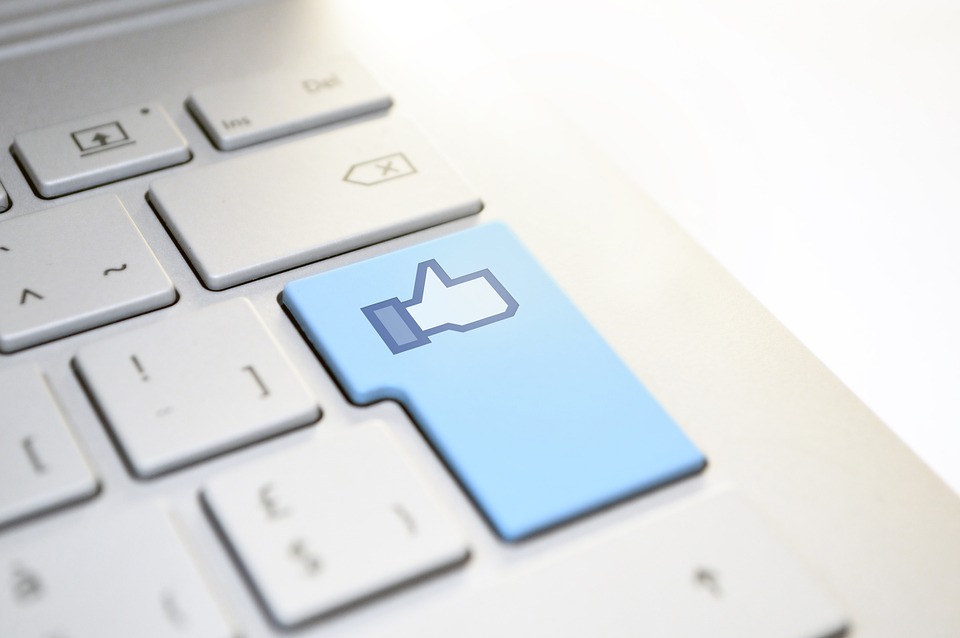The Art of Web Design: Mastering the Elements of Visual Appeal
Web design is a fascinating art form that combines aesthetics and functionality to create visually appealing and user-friendly websites. In today’s digital age, where the internet has become an integral part of our lives, having a well-designed website is crucial for businesses and individuals alike. The art of web design involves mastering various elements to achieve visual appeal and engage the audience effectively. In this article, we will explore the key elements of web design and discuss how they contribute to creating an aesthetically pleasing website.
Color is one of the most powerful tools in web design. It has the ability to evoke emotions, create a mood, and convey a message. When choosing colors for a website, it is important to consider the target audience and the purpose of the site. For example, a website targeting children may use bright and vibrant colors, while a website for a law firm might use more muted and professional tones. Additionally, using contrasting colors can help highlight important elements and improve readability. The skilled web designer understands the psychology of color and uses it strategically to create a visually appealing website.
Typography is another crucial element of web design. The choice of fonts and how they are used can greatly impact the overall look and feel of a website. It is important to select fonts that are legible and align with the website’s branding and message. Mixing different font styles and sizes can add visual interest and hierarchy to the content. However, it is important to strike a balance and not overdo it, as too many different fonts can make the website appear cluttered and unprofessional. The art of typography lies in selecting the right fonts and using them effectively to enhance the overall design.
Whitespace, also known as negative space, is an often underrated element of web design. It refers to the empty space between elements on a webpage. Whitespace is not just “empty” space; it serves a purpose in design by providing breathing room, improving readability, and emphasizing important elements. A cluttered website can overwhelm users and make it difficult for them to find the information they are looking for. Proper use of whitespace can create a sense of balance, elegance, and sophistication. It allows the content to breathe and guides the user’s attention to the key elements of the page. Mastering the art of whitespace is essential to creating a visually appealing and user-friendly website.
Images and graphics play a vital role in web design, as they have the power to convey messages and evoke emotions instantly. High-quality and relevant images can capture the audience’s attention and make a lasting impression. When selecting images for a website, it is important to choose ones that align with the website’s purpose and branding. Additionally, optimizing the size and format of images is crucial for improving website loading speed, which is a key factor in user experience. The art of using images in web design lies in selecting the right ones and placing them strategically to enhance the overall visual appeal.
Another element of web design that cannot be ignored is the layout. The layout refers to the arrangement of elements on a webpage. A well-designed layout creates a visual hierarchy and guides the user’s eye to the most important content. It is important to consider the user’s reading habits and browsing patterns when designing the layout. Placing important elements such as navigation menus, headlines, and call-to-action buttons in prominent positions can greatly improve the user experience. The art of layout design lies in creating a harmonious and balanced arrangement of elements that is visually appealing and easy to navigate.
Lastly, the use of visual effects and animations can add a touch of interactivity and engagement to a website. When used in moderation, these effects can enhance the user experience and create a memorable impression. However, it is important to use them sparingly and purposefully, as excessive animations can distract and annoy users. The art of using visual effects lies in finding the right balance between functionality and aesthetics.
In conclusion, web design is a creative and ever-evolving art form that combines aesthetics and functionality. Mastering the elements of visual appeal is crucial for creating a visually pleasing and user-friendly website. By understanding the psychology of color, choosing the right typography, utilizing whitespace effectively, selecting high-quality images, designing a well-balanced layout, and using visual effects purposefully, web designers can create websites that captivate and engage the audience. The art of web design lies in the seamless integration of these elements to create a compelling online presence.





